I’m an American who lived in the Philippines for more than 20 years, and there were 7 mistakes we always saw travelers making on vacation
5 min readI’m an American who lived in the Philippines for more than 20 years, and there were 7 mistakes we always saw travelers making on vacation
Copy Link
Save
Read in app
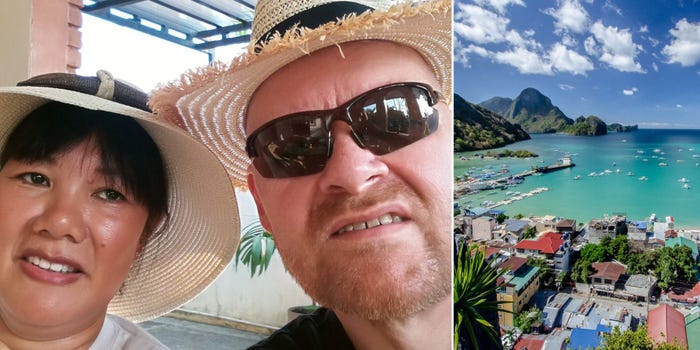
Courtesy of Bob Martin
- Bob Martin is an American who moved to the Philippines in the late 1990s.
- Over the years, he’s seen tourists disrespect local customs and not take care of their own safety.
- While many Filipinos speak English, Martin said it’s also best to learn words from local languages.
This as-told-to story is based on a conversation with Bob Martin, an American expat who lived in the Philippines for 20 years. The following has been edited for length and clarity.
The Philippines is one of Asia’s top tourist destinations. In 2019, some 8.3 million people visited the country. It’s known for its gorgeous natural landscape, including white-sand beaches in Boracay, the Chocolate Hills in Bohol, and some of the best dive sites in the world in Palawan. These are just a few reasons why so many Americans have chosen to settle down here. These days, there are close to 300,000 US citizens living in the Philippines.
I moved to the Philippines in the late 1990s with my wife. She’s Filipina, and after living in the US for a decade, we moved to her hometown, Davao City. I was looking for a new adventure and found it in the Philippines.
My wife and I recently moved back to the US, but these days, I miss the Philippines. I traveled to many places where few foreigners have ever been, including Basilan, Tawi Tawi, and other remote parts of the country where lush islands are surrounded by the crystal-blue sea.
Over the years, I watched visitors make the same mistakes while traveling around the Philippines. Here are seven of the most common mistakes I spotted and how they can be avoided.
1. Not realizing that most Filipinos can speak some English.

Mariano Sayno/Getty Images
It may come as a surprise to some, but more than 90 million Filipinos speak English fluently. In cities like Manila, many foreigners find that nearly everyone they talk to can converse in English.
While living there, I learned to speak Bisaya, a language spoken in the central and southern parts of the Philippines. But earlier on, I had no problem communicating. So don’t hesitate to chat with Filipinos, as many of them are likely to try to speak English with you, especially if you need help getting around.
2. Not stretching your dollars when traveling the country.
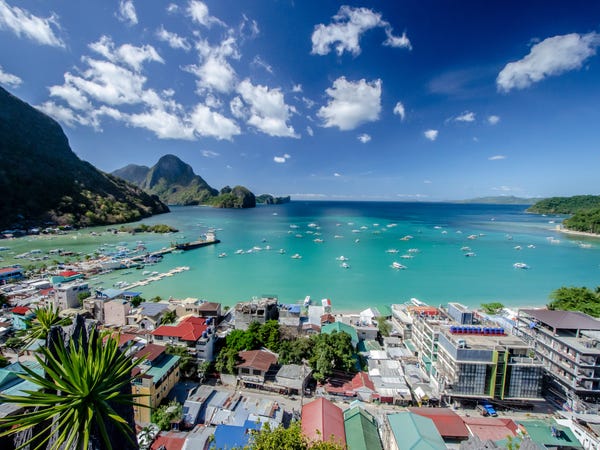
AlagnaMarco/Getty Images
In the Philippines, you can buy many things cheaper than expected. Many currencies — including dollars, pounds, and euros — have a favorable exchange rate, so the value of your money can take you a long way.
Make sure to budget well and compare tour providers to get the best value for your money. Filipinos are very friendly and often go out of their way to be friends with you and help out, so don’t hesitate to ask them for the most affordable ways to travel around the country.
3. Only traveling around using a car or taxi.
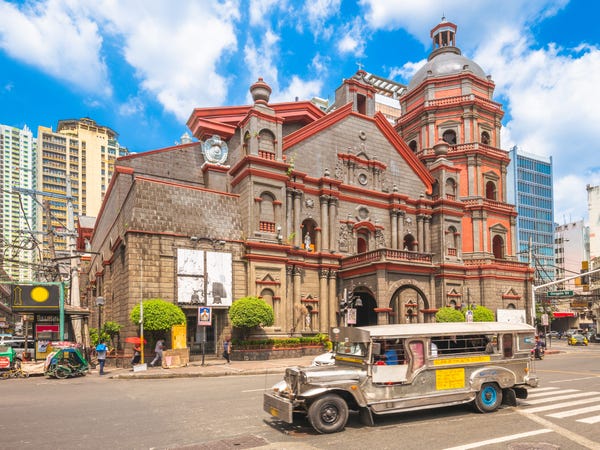
Jui-Chi Chan/Getty Images
There are so many ways to travel around the Philippines, and it can be pretty easy. For example, I rode a jeepney — an open-air minibus popular around the country — from Davao City to Cagayan de Oro. The 162-mile journey was one of my most memorable adventures.
Another good way to travel is on a tricycle — a motorcycle with an attached passenger cab.
Travelers hopping between islands can take boats, ferries, or even fly on one of several Filipino airlines to almost every part of the country.
4. Not being aware of your surroundings, especially in places like airports.
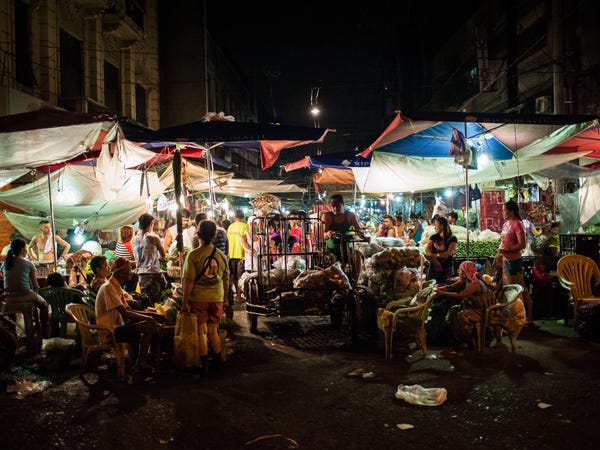
Dondi Tawatao/Getty Images
While most Filipinos can be very friendly and helpful, being cautious is still important. In Manila, the capital city, tourists should be wary of people offering to carry their bags or help out in other ways, especially at the airport. These people often don’t have good intentions and might take off with your luggage.
Some cities in the Philippines are safer than others — for example, in Davao City, where I lived, the safety index is 72.5. In comparison, Manila’s safety index is much lower, at 35.1.
5. Not trying to learn the local cultures or a few words in one of the Filipino languages.

rweisswald/Getty Images
Over the years, I witnessed many foreigners not trying to adapt to local customs. Even as a tourist, it’s important to try to adapt to some of the local cultures and even learn a few words in one of the local languages. There are over 100 languages in the Philippines, but the most widely spoken ones include Tagalog, Ilocano, and Bisaya.
When you learn the language, or at least some of the language, Filipinos will practically adopt you as part of the family. Even a simple “salamat” or thank you will go a long way.
6. Disrespecting local customs and traditions.
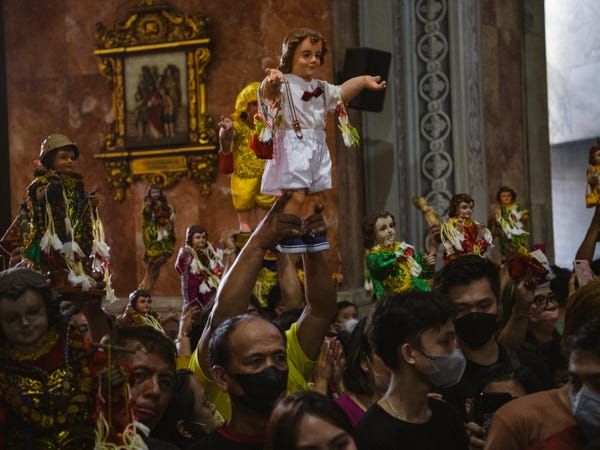
Jes Aznar/Getty Images
Showing respect to others is extremely important in the Philippines. Make sure to speak to others courteously without raising your voice or getting aggressive, especially when it comes to elders.
Filipinos call people who flout these social norms “bastos,” which means someone who is rude and without manners. While it’s important to be friendly and have fun, tourists should be mindful of how they come across to others, especially when speaking with them.
7. Being overly blunt, especially when interacting with Filipinos.
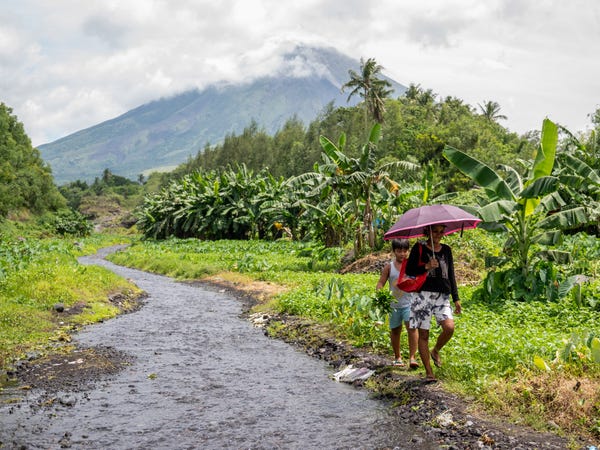
Lisa Marie David/NurPhoto/Getty Images
In the US, people are very frank and say what they want. But in the Philippines, people are more reserved when expressing what they really think.
For example, my Bisaya language teacher told me that Filipinos often followed a set of scripts when accommodating guests in their homes. She told me that there were several rules to follow when Filipinos offered food or drinks.
If the host asks you if you want some food, you should decline because they may not have the money to buy the snacks. And if they ask a second time, you should still decline for the same reason. But if they offer a third time, you should accept the offer because they are sincere.
If you decline the third time, your host will consider it an insult. So make sure to read between the lines, and if in doubt, ask a Filipino — they’ll gladly tell you the right response to the situation.



